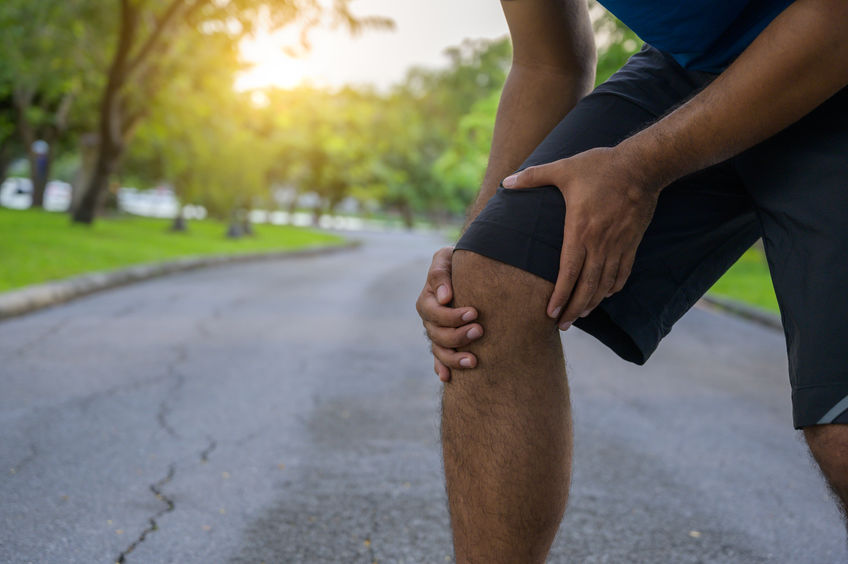Cold Weather And Achy Joints
Joint pain affects 1 in 4 Americans in some capacity. Most are due to conditions like arthritis. For those who already had joint pain, things can get worse in the cold winter months. Some patients are unable to function effectively due to the constant, debilitating pain. At this point, an orthopedic doctor may have to intervene to help the patient feel better.
Why are my joints so achy?
Joints begin to ache or tend to ache more during the winter months. This is because the reduced temperatures make muscles and joints feel tighter, less flexible and reduce circulation. People also tend to move less in the winter, which can increase fluid buildup. If the patient has a known condition like arthritis, the symptoms can feel much worse. Some scientists even link the pain to changes in atmospheric pressure. Whatever the reason, if the pain is such that everyday life is difficult, an orthopedic doctor can help.
Doctors provide pain medication
Orthopedic doctors can examine, diagnose, and treat conditions involving the joint. The doctor will ask questions concerning the patient’s health and pain. Physical checks and x-rays will further confirm if there’s a specific issue. In most cases, the doctor will prescribe pain medication. These are often non-steroidal anti-inflammatory drugs (NSAIDs) or more potent opioids as needed. Pain medication is a helpful solution but does have risks. Some doctors will prescribe topical pain medication first before moving to oral options.
Recommending physical therapy
One of the doctor’s biggest goals is to get the patient moving, even during winter. More movement means the patient has more oxygenated blood heading to these areas. The surrounding muscles also activate more effectively and become stronger, decreasing the pain. Physical therapy is one of the best, safest ways to reduce pain long-term. The orthopedic doctor can provide simple exercises to do at home during counseling sessions. There are also physical therapists the doctor can recommend for more advanced treatment.
Alternative treatment options
Some orthopedic doctors have alternative medical options available that can help with joint pain. Regenerative medicine is an excellent example of where natural materials regrow cells and tissue. Platelet-rich plasma (PRP) and mesenchymal stem cells (MSC) reduce inflammation and even help with joint repair. Other treatment options include steroid injections and transcutaneous electrical nerve stimulation (TENS). These have varying success rates and last varying degrees of time.
Consider surgery
Is the winter pain is keeping the patient up at night? Are these treatments failing to bring relief? At this point, the doctor will consider surgery. Surgical techniques for joints have improved over the years. The orthopedic doctor or surgeon can perform arthroscopy. The device allows the doctor to find and repair any damage. Partial or total joint replacements are the last resort and involve switching the joint with artificial parts.
Don’t get left in the cold
Joint pain can feel worse during the cold winter months. Sometimes, the pain can restrict movement or leave patients in distress. An orthopedic doctor can provide different treatment options and techniques. Each has pros, cons, and risks. However, most can provide extended relief. If these fail, surgery may be the best option.



